What does success look like to you?
This can seem like a simple question, but when you really think about it, the answer can be complex. For some, it could be as simple as wanting to have enough money to buy whatever they want. Others may say it’s not about the money but about being healthy and happy just to be alive. For me, success has always been about my relationship with God, how I treat people, and being a good husband, father, friend, son, and sibling. I also believe in volunteering in our community, working to make it a better place — and not seeking recognition for doing it. Lastly, for me, it includes physical and financial health. So, the answer to the question is different for each of us and much deeper than our initial thoughts.
This question lends itself to ask: What does success look like for San Pedro? The answer may be different for each of us as well. I have worked with many committed volunteers working countless hours to make San Pedro better. Against all odds, they push forward and attend meetings working through every detail. However, folks who get involved and make their voices heard don’t all have the same idea of what’s best for our town. Some are pro-development, and others fear that too much development could harm our town. In many cases, the trade-off of time and healthy debate brings us to a better solution. It’s when democracy is at its best. What is disappointing, though, are those who have never lifted a finger to help improve our town but are more than happy to take to the keyboard and criticize any form of progress from afar. Even when positive progress is made, it’s not good enough, or something is pointed out that would have been better. Sound familiar?
At its worst, toxic criticism of any new project results in investors walking away because of the amount of negative inertia it creates. This might suit some who consider any new development as being bad for San Pedro because of the gentrification that may come with it. Gentrification is a process where the character of a poor urban area is changed by wealthier people moving in, improving housing and attracting new businesses, but at the cost of current residents being displaced.
It appears that we have been in a decline or “reverse gentrification” period for the past 40 years because San Pedro has become a far different place since many of us were kids. In some cases, the displacement of residents started long ago when kids from my generation could not find their way back into San Pedro because housing was too expensive — and that was in the late ‘80s.
Over the decades, San Pedro has transformed into a place that at times doesn’t feel safe, where crime and homelessness have increased. Decades of local job losses have resulted in locals needing to take the 110 north to their well-paying jobs or moving closer to their employment to lessen their commute. So, today are we experiencing “gentrification” or working our way out of 40-plus years of “reverse gentrification?” I think it’s the latter.
The investment for the past 20 years at the Port of Los Angeles, for example, has been focused on creating a diversity of employment opportunities. From hospitality jobs at the new West Harbor development to STEM-related careers at Alta Sea. These new jobs will coexist with our main employment hub in the port, the movement of cargo by our ILWU families. As new opportunities arrive, instead of focusing on what could be lost in the form of gentrification, I believe the focus should be on providing current residents every chance to partake in these new opportunities and remain in San Pedro.
San Pedro has had many changes throughout our 100-plus-year history, and this will continue long after we are gone. Today’s developments look to take us back to a level of normalcy that our town was built on — faith, family, and opportunity — and turn the tide of the effects of reverse gentrification that we have experienced over the decades. Let’s continue to work towards prosperity once again. spt

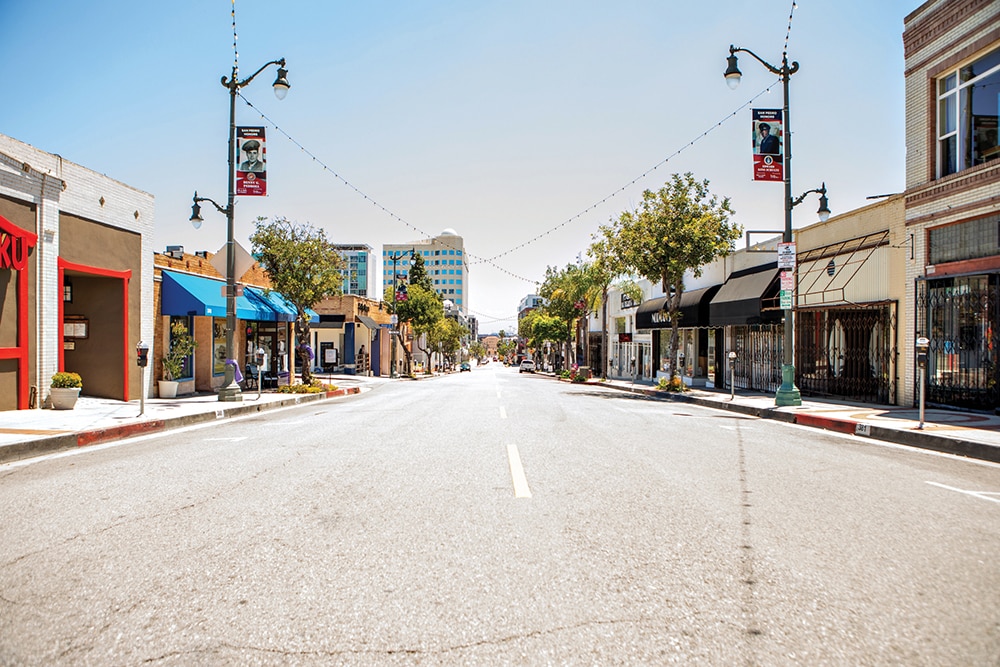
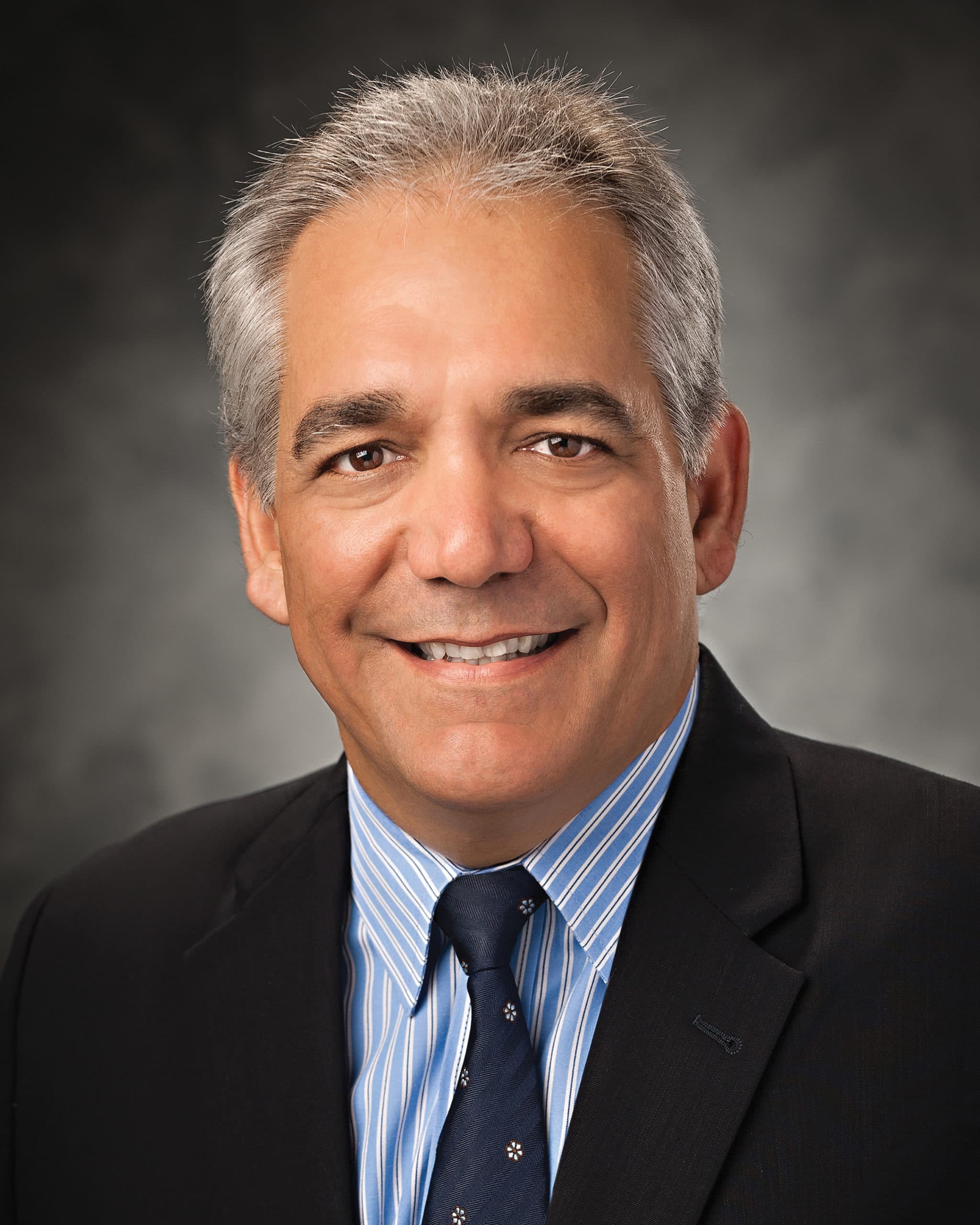
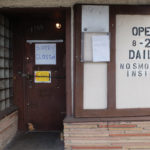
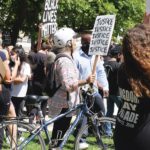

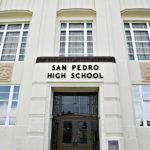
Comments